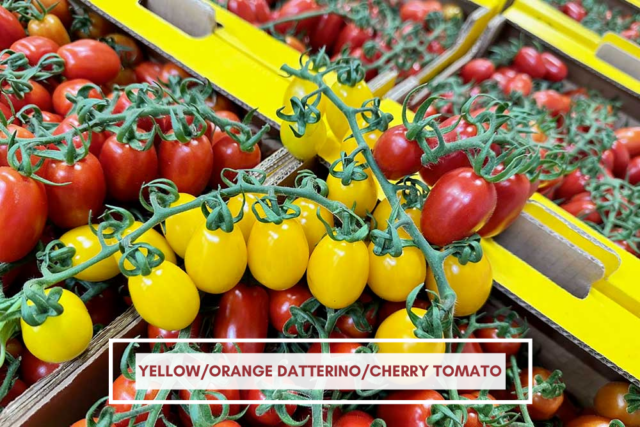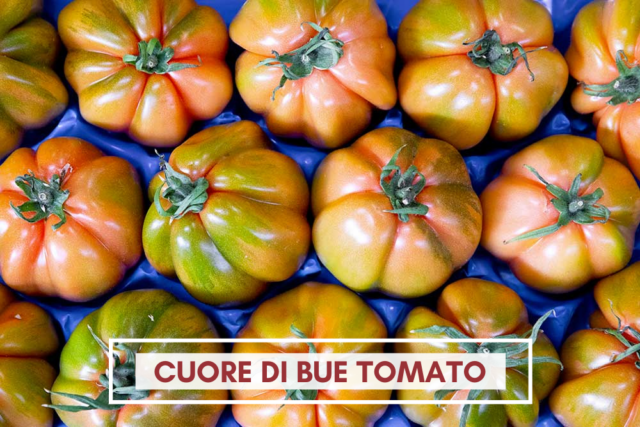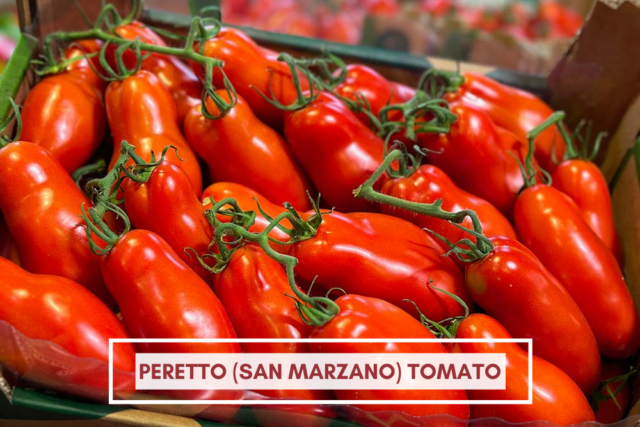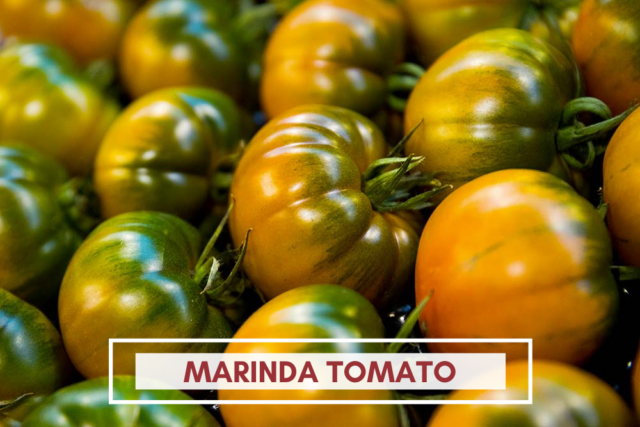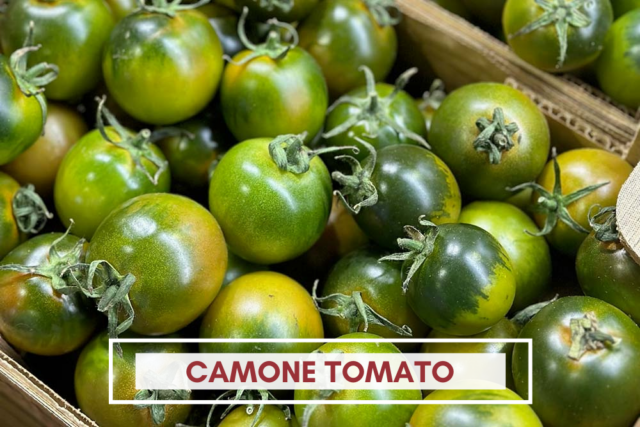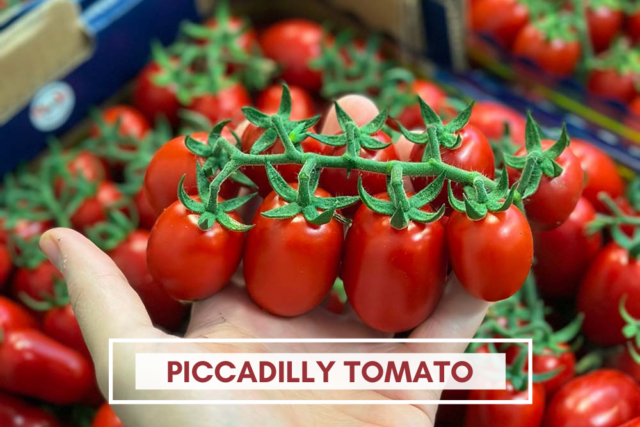- Description
Description
The Datterino tomato is a premium and versatile ingredient that can elevate the menu of a high-quality European restaurant. Renowned for its small, elongated shape, vibrant red color, and exceptionally sweet flavor, this variety of tomato is a favorite among chefs for its ability to enhance both simple and sophisticated dishes. Its delicate texture and concentrated sweetness make it ideal for a wide range of culinary applications, from fresh salads to complex sauces. Here’s how and why Datterino tomatoes can be effectively utilized in fine dining:
Why Choose Datterino Tomatoes?
Datterino tomatoes are celebrated for their intense natural sweetness and low acidity, making them a standout ingredient in both raw and cooked preparations. Their juicy texture and rich flavor allow them to shine as the star of a dish or as a complementary ingredient. Datterino tomatoes are also visually appealing, with their bright red hue adding color and elegance to plates. Their versatility and nutritional benefits, including antioxidants and vitamins, make them a must-have ingredient for modern, health-conscious menus.
How to Use Datterino Tomatoes
- Raw in Salads: Their natural sweetness and juiciness make them perfect for fresh salads, adding a burst of flavor and color.
- Roasted or Grilled: Roasting or grilling concentrates their sweetness, creating a caramelized depth that pairs beautifully with meats, fish, or vegetables.
- In Sauces and Soups: Their intense flavor makes them ideal for quick, fresh tomato sauces or as a base for creamy soups.
- In Appetizers: Datterino tomatoes can be used in bruschetta, tartines, or as part of a colorful antipasto platter.
- Confit or Preserved: Slowly cooked in olive oil with herbs, Datterino tomatoes become a luxurious addition to pastas, pizzas, or gourmet sandwiches.
Dishes Featuring Datterino Tomatoes
- Caprese Salad: Use halved Datterino tomatoes in a modern Caprese with burrata, basil oil, and aged balsamic vinegar for a refined starter.
- Roasted Tomato Side Dish: Roast Datterino tomatoes with garlic and thyme, and serve alongside grilled sea bass or lamb chops for a sweet and savory pairing.
- Fresh Tomato Sauce: Sauté Datterino tomatoes with olive oil, garlic, and fresh basil for a vibrant and quick pasta sauce that highlights their natural sweetness.
- Tomato Confit: Slow-cook Datterino tomatoes in olive oil with rosemary and serve as a garnish for risottos, or pair with crusty bread as an appetizer.
- Soup: Blend roasted Datterino tomatoes into a creamy tomato soup with a hint of smoked paprika, garnished with crème fraîche.
- Pizza and Flatbreads: Use Datterino tomatoes as a topping for gourmet pizzas or flatbreads, paired with buffalo mozzarella and fresh arugula.
Why Datterino Tomatoes in Fine Dining?
Datterino tomatoes combine intense flavor, vibrant color, and exceptional versatility, making them a standout ingredient for fine dining. Their concentrated sweetness and delicate texture enhance both simple and elaborate dishes, while their bright red hue adds visual appeal to plate presentations. Whether used raw in salads, roasted to deepen their flavor, or transformed into luxurious sauces, Datterino tomatoes bring sophistication and creativity to any menu. Their ability to complement a variety of cuisines and pair with a wide range of ingredients ensures they leave a lasting impression on diners, making them an indispensable addition to high-quality European restaurant kitchens.


